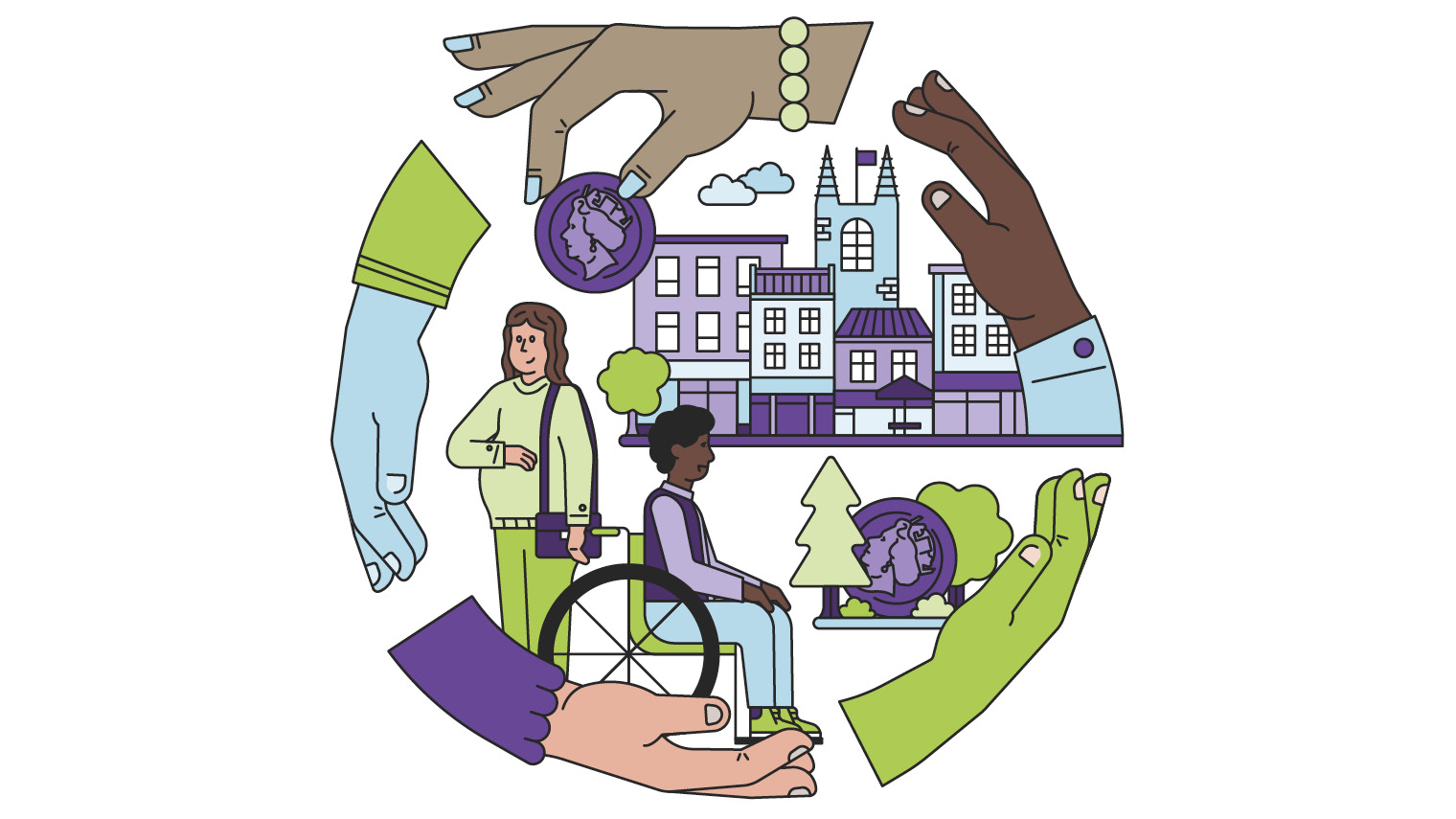
On January 1, while all eyes were on Brexit, another major change came into effect in procurement that received scant attention despite having far-reaching consequences. The UK introduced a new social-value model covering central government procurement for goods and services worth around £49 billion a year.
Procurement policy note PPN 06/20 requires all tenders to include a minimum 10 per cent weighting for social value. This means that while the main criteria for awarding government contracts is the still best commercial outcome, the government’s new social-value model must be taken into account.
Social value is the catch-all term used to describe the difference an organisation or project can make to a community. The question asked by social value is this: if £1 is spent on the delivery of services, can that same £1 be used to also produce a wider benefit to the community?
Social purpose is nothing new to business. Companies are now under pressure from all stakeholders – investors, customers, employees, regulators – to do more for the communities where they operate. Environmental, social and corporate governance issues can make or break businesses. And although it is easy to be cynical about purpose, many senior executives really do want to leave a legacy that transcends making good returns for shareholders.
Despite the consensus, the business case for doing the right thing for communities has remained elusive. Measuring social value is at best complicated, which is one reason why its adoption in public procurement has been slow.
In the UK, social value was defined through the Public Services (Social Value) Act which came into force in January 2013. This requires all public sector organisations and their suppliers to look beyond the financial cost of a contract and consider how the services they commission and procure might improve the economic, social and environmental wellbeing of an area.
However, the absence of a mandatory requirement to include social value as an output in the procurement process and clear ways to measure its impact meant adoption by local authorities and central government was poor.
Eight years on, the government has taken a significant step towards turning words into action. In its latest iteration, the language of social-value policy includes a stricter obligation, with explicit references to inequality, mental health and personal wellbeing. The social-value model itself connects social value to other relevant legislation, policies and initiatives, including the United Nations’ Sustainable Development Goals. The model’s first “theme” is coronavirus recovery, with the aim of helping local communities to rebuild and recover from the pandemic.
Under the model, a minimum weighting for social value of 10 per cent of the overall score is mandated whenever any of the social-value policy outcomes are included in the procurement. For example, the contracting authority might split the weightings as 30 per cent for price, 60 per cent for quality and 10 per cent for social value. This sends a message to the supply market that social value is important to the contracting authority.
Charlotte Österman, private sector lead at Social Value UK, the professional body for social value and impact, says: “This is a timely intervention by central government to implement a mechanism to try to tackle the UK’s biggest challenges through procurement: rising social inequality, achieving net zero and improving wellbeing. We hope this will catalyse a different way of making decisions.”
Clearly, PPN 06/20 brings opportunities for companies whose own business model has embraced social value. However, it also brings challenges. Companies are at risk of missing out on public sector contracts if their response to the questions on how your business would deliver on social value does not score the maximum 10 per cent.
This is why businesses need to be aware of these changes and be prepared. A good start is to gather together all information on current social-value initiatives. Firms need to consider how these could be presented in a tender response, including reporting obligations and measurable outputs. For businesses without a social-value proposition, now is the time to do something about it.
Sarah Stone, founder and director at Samtaler, the social-value creation agency, says: “The new model has huge implications for any company which supplies the public sector, whether directly or indirectly. Around a third of all public expenditure, approximately £284 billion annually, is spent buying goods and services from external suppliers. In fact, the model may well prove to be the catalyst that finally moves social value to the top of the corporate agenda and transforms how social value is delivered across the board.”
Peter Masonbrook, associate director and social-value lead at Faithful+Gould, the project and programme management consultancy, says: “PPN 06/20 forces us all to think about the real impact of what we do and how we can work to increase that social impact for the good of everyone. It also opens the doors wider for opportunities for small and medium-sized enterprises and voluntary community and social enterprises as a more qualitative evaluation process for procurement means the most positive, impactful solution will be taken forward, regardless of where it comes from.”
John Alker, director of policy and places at the UK Green Building Council, says: “We welcome the introduction of a minimum 10 per cent weighting of the total score for social value and are pleased to see an evaluation framework that has more focus on environmental and health factors. But we hope the percentage weighting and the scope of outcomes will be more ambitious over time.”
